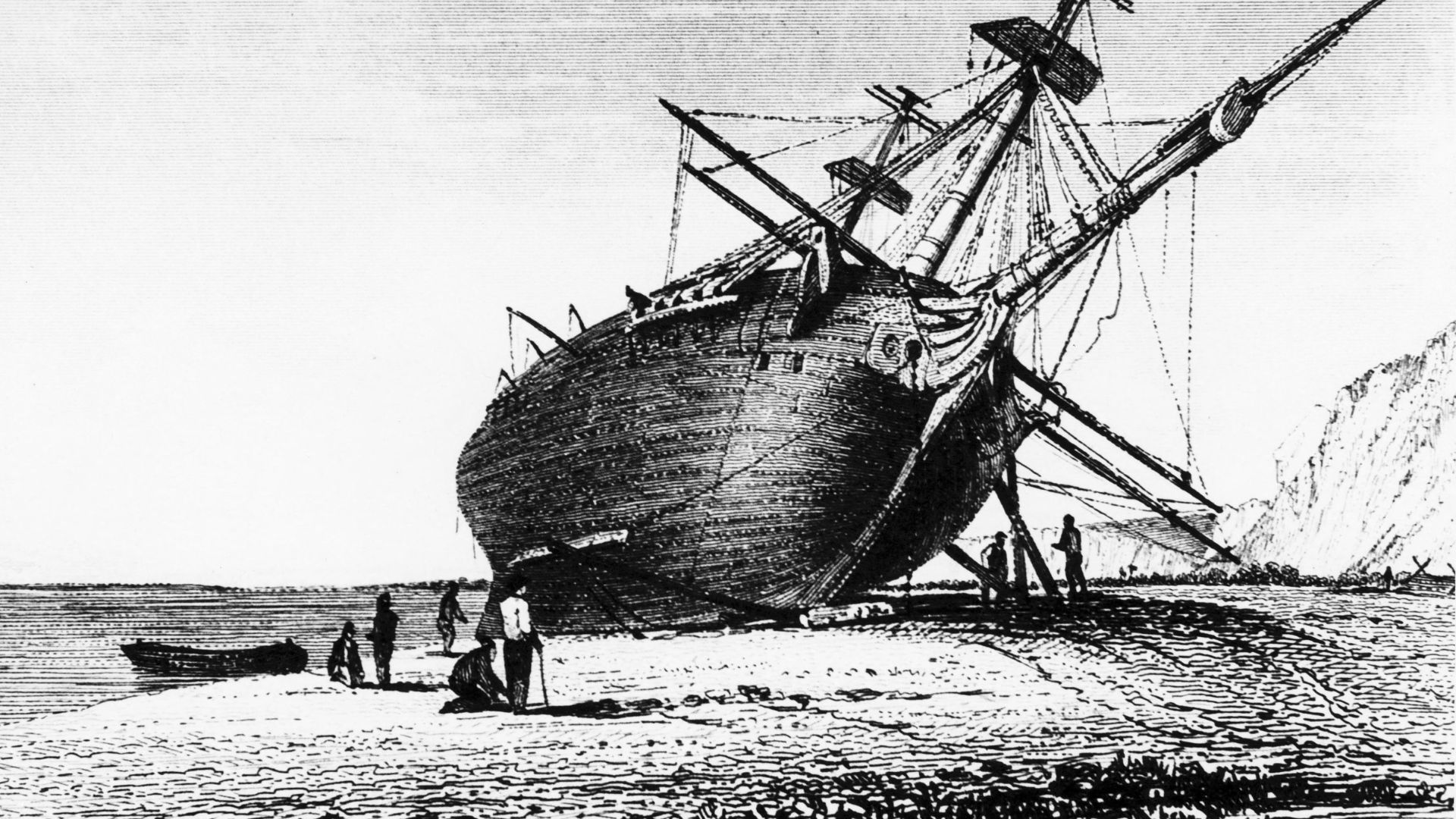
In the early 19th century, one ship changed how we understand life on Earth. The HMS Beagle, a modest British vessel, might not have looked much, but it carried one of the most critical minds in history—Charles Darwin. This ship’s voyage set the stage for ideas that would shake the world of science. But what happened on that long trip across the oceans?
The Beginning: A Ship Built for Exploration
HMS Beagle was built in 1820 as a warship, but its fate changed. Instead of battle, it was used for mapping and exploration. By its second voyage in 1831, it was ready for something far more significant than anyone expected.
The British government wanted to chart unknown coastlines, mainly in South America. To make the mission more functional, they brought a naturalist who could study plants, animals, and rocks. That’s when a young Charles Darwin was invited on board. At first, he wasn’t sure about joining. Seasickness, long months away from home, and the unknown dangers of foreign lands all weighed on his mind. But he accepted, and that decision changed everything.
Life on Board: Challenges and Curiosity

Life on the Beagle was far from comfortable. The ship was small, the food wasn’t great, and storms often made the journey miserable. But for Darwin, every stop along the way brought something new to study. While the crew focused on mapping coastlines, he explored islands, collected samples, and noted everything he saw.Imagine walking along a remote island and seeing creatures you’ve never seen. That’s precisely what Darwin experienced. He noticed that animals on different islands had slight differences, which would later become a key part of his famous theory.
The Galápagos Islands: A Turning Point
In 1835, the Beagle arrived at the Galápagos Islands, a group of volcanic islands off the coast of Ecuador. What Darwin saw there made him think like no one else had before. He noticed that finches on different islands had different beak shapes. Some had strong, thick beaks for cracking seeds, while others had thin, sharp beaks for catching insects.
At first, Darwin didn’t fully understand what this meant. But later, he realized these birds weren’t different species brought from other places. Instead, they were related but had changed over time to survive in their surroundings. This idea laid the foundation for what we now call evolution.
Beyond the Galápagos: More Clues Around the World
The Beagle didn’t just visit the Galápagos. It traveled to South America, Australia, and other places, giving Darwin more pieces to the puzzle. He saw fossils of giant sloths in Argentina and wondered why such creatures had disappeared. He studied coral reefs and questioned how they formed over time. Each observation built upon the last, shaping his ideas in ways he couldn’t yet explain.
The Return Home: A Mind Forever Changed
After almost five years at sea, the Beagle returned to England in 1836. Darwin stepped back onto dry land with boxes full of samples and a notebook filled with questions. It took him years to sort through everything and make sense of his findings. The book suggested something bold: species change over time through natural selection. It was a shocking idea in the 19th century, but today, it’s a foundation of modern biology.
The Legacy of HMS Beagle
The Beagle’s journey was more than just a scientific trip—it changed how people think about life. Without this voyage, Darwin might never have developed his theories. And without those theories, we wouldn’t have the same understanding of how life on Earth has changed over millions of years. Today, the name HMS Beagle is forever linked with discovery and curiosity. Though the ship itself is long gone, its impact lives on in textbooks, museums, and the way we see the natural world.
The story of HMS Beagle and Charles Darwin isn’t just about science. It’s about the power of curiosity, the importance of asking questions, and the courage to explore the unknown.Next time you see a bird in your backyard or notice how different animals adapt to their surroundings, remember the small ship that sailed across the world, carrying ideas that changed everything.
FAQs
1. Why was HMS Beagle famous?
HMS Beagle became famous for its second voyage (1831–1836), during which Charles Darwin traveled and gathered observations that led to his theory of evolution.
2. How long was Charles Darwin on the HMS Beagle?
Darwin spent nearly five years (1831–1836) aboard the Beagle, traveling worldwide and studying various species, landscapes, and fossils.
3. What did Charles Darwin learn from the Galápagos Islands?
Darwin observed that finches and other animals had unique adaptations on different islands, leading him to the idea that species change over time based on their environment.
4. What happened to the HMS Beagle after the voyage?
After its famous journey, the HMS Beagle was used for surveying and later became a Coast Guard station before being abandoned and dismantled.
5. How did Beagle’s voyage impact science?
The findings from the voyage helped Darwin develop his theory of natural selection, which changed the way we understand life and evolution today.







